Disclosure: This article contains affiliate links. We may earn a commission from purchases at no extra cost to you, which helps our travel content.
The moment my boots hit the rust-colored soil of Miles City, I knew I'd found something special. As someone who's chased astronomical wonders from the Atacama to the Arctic, there's something uniquely humbling about Montana's legendary 'Big Sky' that even my engineer's mind struggles to quantify. This eastern Montana gem sits where the Yellowstone and Tongue Rivers converge, creating a photographer's playground of dramatic landscapes, historic architecture, and the kind of star-filled skies that first ignited my passion for astrophotography back in Seville. Grab your camera, amigos – we're about to explore Miles City through a lens that captures both its rugged soul and delicate light.
The Golden Hour Landscapes of Pirogue Island
Pirogue Island State Park sits just minutes from downtown Miles City but feels worlds away from civilization. As a renewable energy engineer who spends most days analyzing wind patterns and solar angles, I've developed an almost mathematical appreciation for the golden hour – that magical time when the sun sits low on the horizon, casting everything in warm amber light that reminds me of autumn afternoons in Andalusia.
I arrived at the park about 90 minutes before sunset, my hiking daypack loaded with the essentials. The island's cottonwood groves create perfect natural frames for the Yellowstone River, while the undulating grasslands offer foreground interest that gives depth to landscape compositions.
The interplay between water and land here creates micro-environments that change dramatically with the light. I found myself constantly adjusting settings as clouds moved across the massive Montana sky, creating spotlight effects on the distant bluffs that demanded rapid adaptation.
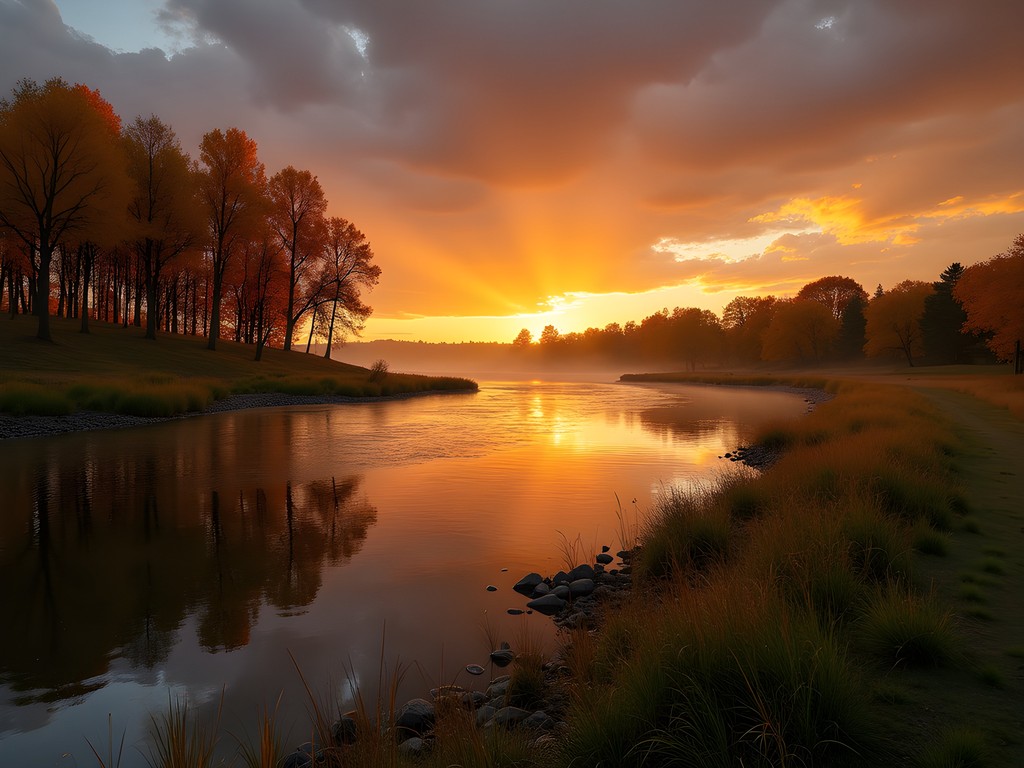
💡 Pro Tips
- Arrive 1-2 hours before sunset and stay until blue hour for the most dramatic lighting conditions
- Use the cottonwood trees as natural frames for your river compositions
- Bring a polarizing filter to manage reflections on the water surface
Astrophotography Under Montana's Legendary Dark Skies
Growing up in Spain, I developed my love for astronomy under the relatively dark skies of Andalusia's countryside. But nothing prepared me for the celestial display that unfolds above eastern Montana after sunset. Miles City sits in a sweet spot – far enough from major urban centers to minimize light pollution, yet accessible enough for a weekend trip.
I set up my equipment at the Strawberry Hill lookout point about 15 minutes outside town. My star tracker proved essential for capturing deep-sky objects without star trails. The Milky Way core rises dramatically here in fall, creating a cosmic arch that seems to embrace the entire landscape below.
What makes this location particularly special for astrophotography is the balance between foreground interest and dark sky quality. The rolling prairie creates silhouettes that give scale to night sky compositions without introducing the light pollution you'd find in more developed areas. I spent hours capturing the dance between earth and sky, occasionally warming my hands with a rechargeable hand warmer as the Montana night air quickly cooled after sunset.
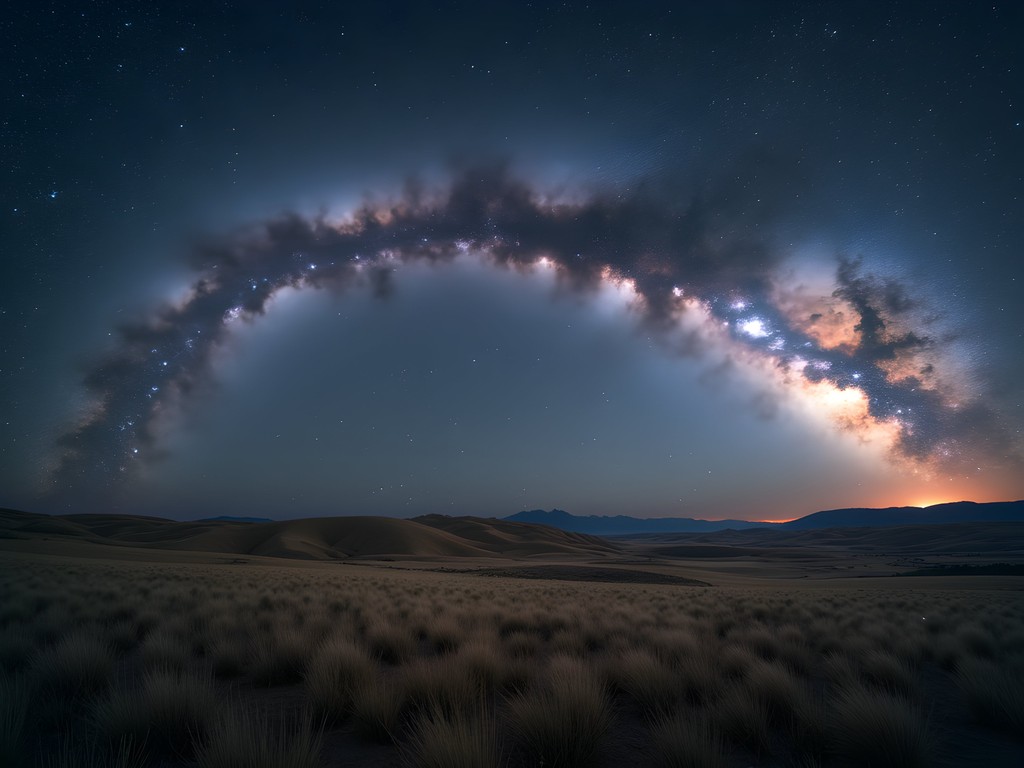
💡 Pro Tips
- Use the PhotoPills app to plan your Milky Way shots based on moon phase and galactic core position
- Bring extra batteries – Montana nights get cold quickly in fall, draining camera power faster
- Set up before sunset to compose your shot while you can still see the landscape
Historic Architecture Through a Modern Lens
Miles City's Main Street is a photographer's dream that reminds me of the historic quarters in smaller Spanish cities – places where time seems to slow down and architectural details tell stories spanning generations. The Range Riders Museum complex and the art deco Olive Hotel downtown offer particular challenges and rewards for photographers willing to look beyond the obvious shot.
I spent a morning shooting the intricate facades along Main Street, experimenting with perspective using my tilt-shift lens adapter to correct building distortion while maintaining the vintage character. The early morning light creates dramatic shadows that emphasize architectural details often missed by casual observers.
What fascinated my engineer's mind was how the town's design reflects its relationship with the surrounding environment. Buildings constructed in the early 20th century incorporate natural cooling features and strategic orientation that modern sustainable architecture is only now rediscovering. I found myself documenting these elements as much for my renewable energy work as for their photographic appeal.
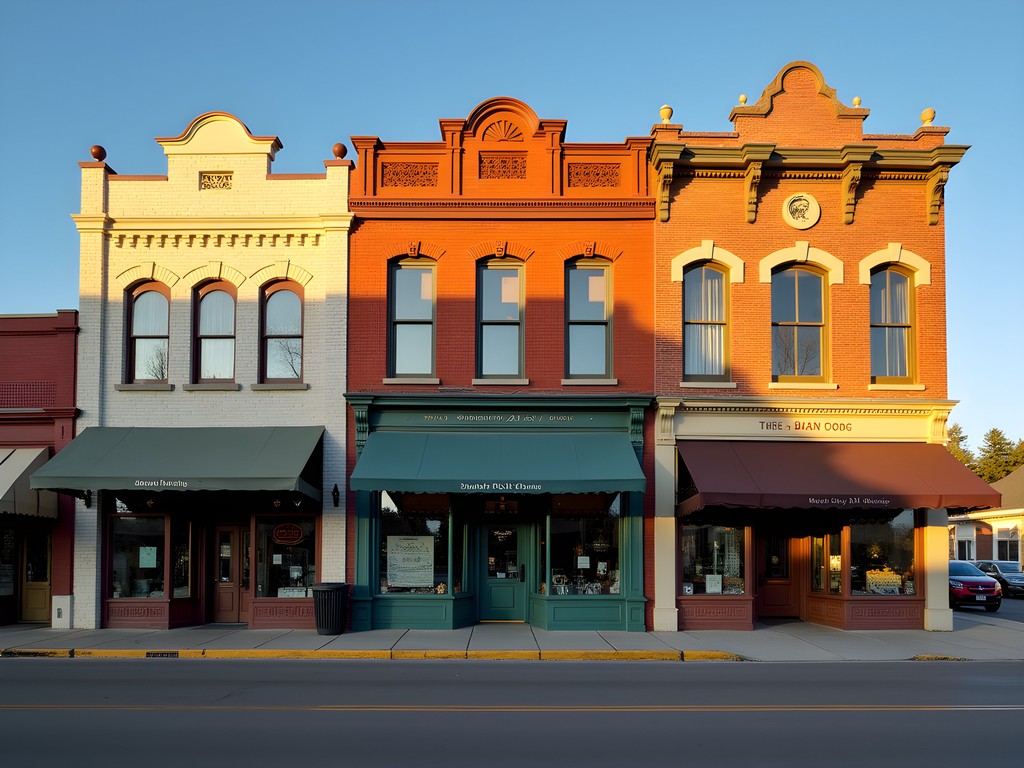
💡 Pro Tips
- Shoot early morning (7-9am) when Main Street is quiet and light is directional
- Look for details like vintage signs, doorknobs, and architectural ornaments that tell the town's story
- Experiment with black and white processing to emphasize texture and form in historic buildings
River Confluence Landscapes: Where Waters and Light Meet
The confluence of the Yellowstone and Tongue Rivers creates one of Miles City's most photogenic natural features. As someone who grew up near water in Seville and now pursues water sports whenever I travel, I'm drawn to these convergence points where ecosystems blend and light plays across moving surfaces.
I paddled out to the confluence point using a inflatable kayak I brought along specifically for this purpose. The perspective from water level completely transforms the landscape, revealing patterns in the current and shoreline that aren't visible from land. The mixing waters create fascinating swirl patterns that photograph beautifully from above.
For aerial perspectives, I hiked to several overlooks marked on local maps. The most rewarding was a lesser-known spot locals call 'Eagle Point' that provides a panoramic view of both rivers. Here, I used a variable ND filter to create long exposures that smooth the water surface while maintaining detail in the surrounding landscape. The resulting images capture both the dynamic energy and serene beauty that define this unique ecological junction.
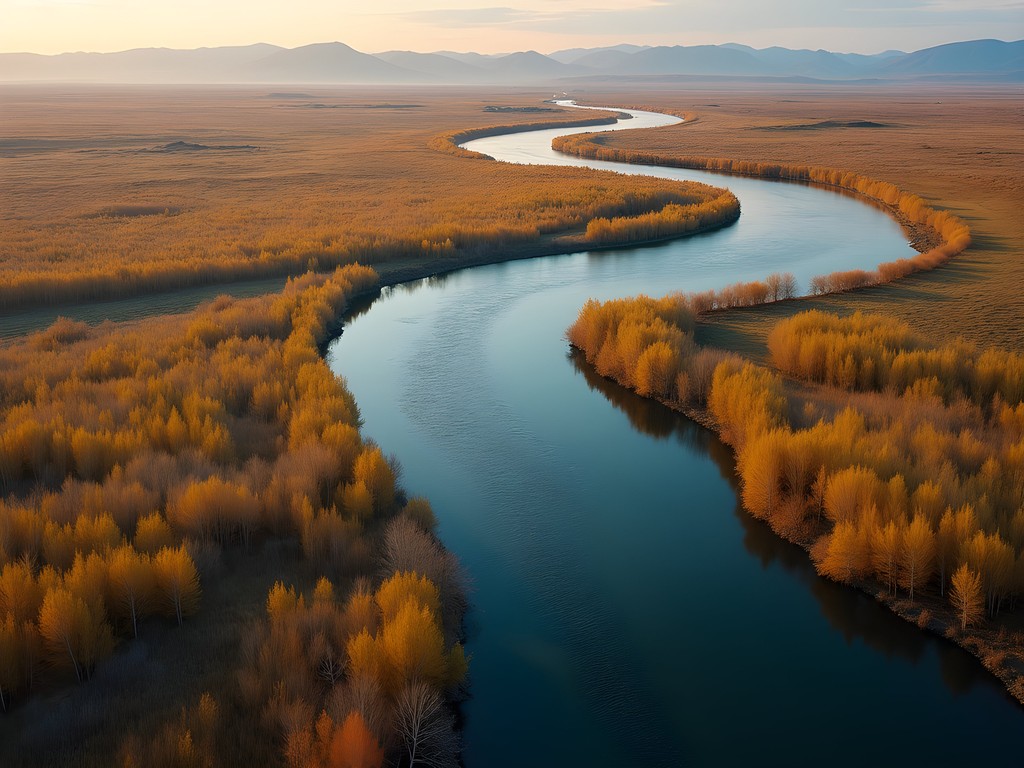
💡 Pro Tips
- Time your shoot for mid-morning when sun angle illuminates both riverbanks equally
- Bring a polarizing filter to manage glare and see beneath the water surface
- Include recognizable elements like distinctive trees or rock formations to give viewers a sense of place
Capturing Prairie Light: The Technical Challenges
Montana's nickname 'Big Sky Country' becomes immediately apparent when you attempt to photograph its landscapes. The sheer scale creates unique technical challenges that pushed my skills and equipment to their limits. The dynamic range between bright sky and shadowed land often exceeds what camera sensors can capture in a single exposure.
I relied heavily on my graduated ND filters to balance exposure between sky and land. The quality of light here has a clarity I've rarely encountered elsewhere – perhaps due to the low humidity and minimal air pollution. This creates opportunities for exceptional image quality but requires careful exposure management.
One technique I found particularly effective was focus stacking for landscape shots. The vast depth in Montana scenes often means choosing between sharp foreground or background when using traditional depth of field techniques. By taking multiple images focused at different distances and combining them in post-processing, I achieved edge-to-edge sharpness that better represents how we naturally perceive these expansive scenes.
Don't underestimate the wind factor! Montana's prairies can experience sudden gusts that shake even the sturdiest tripods. My camera bean bag became an essential tool for stabilizing my camera in these conditions, especially when shooting from my vehicle window or using natural supports.
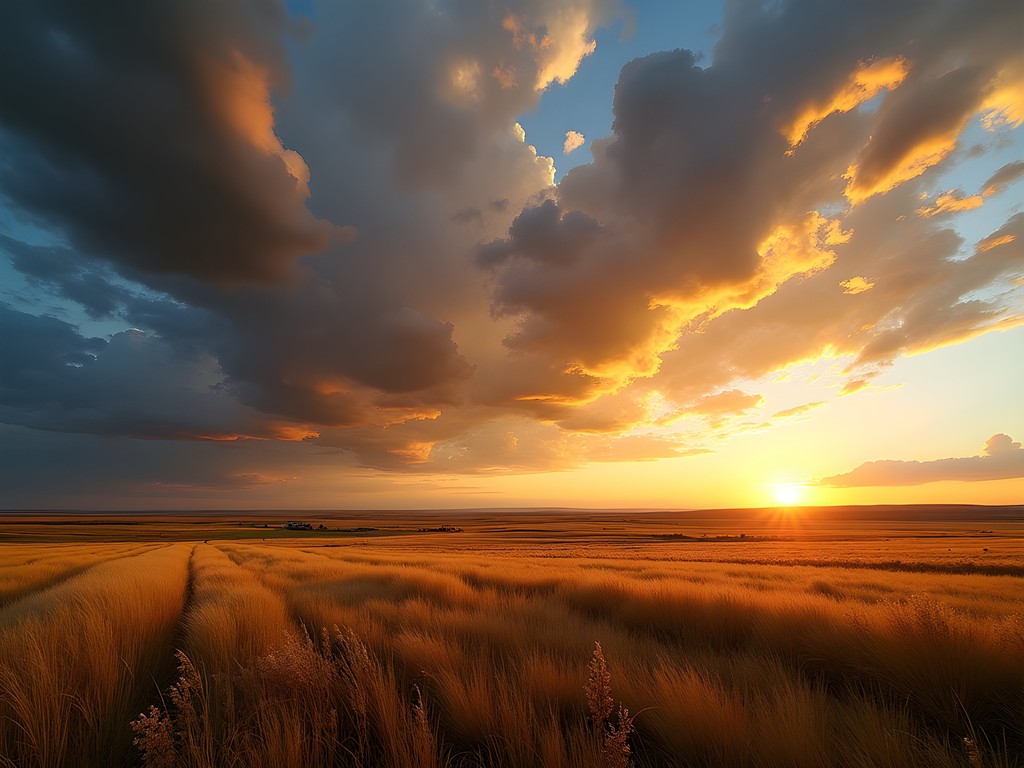
💡 Pro Tips
- Bracket exposures (±2 stops) to capture full dynamic range between sky and land
- Use the histogram to ensure you're capturing detail in both highlights and shadows
- Consider compositing techniques for scenes with extreme brightness differences
Final Thoughts
As I packed my gear on my final evening in Miles City, watching the last light paint the prairie in shades of gold and amber, I couldn't help but reflect on how this modest Montana town had surprised me. The landscape photographer seeking dramatic vistas will find them here, yes, but so will the detail-oriented shooter hunting for texture and nuance in historic architecture or river patterns. The technical challenges of capturing Montana's legendary light pushed my skills further than expected, while the dark skies reconnected me with the astronomical wonders that first inspired my travels.
Miles City won't appear on many photographers' bucket lists, and perhaps that's precisely why it deserves your attention. In a world where Instagram has created photography traffic jams at popular locations, places like this offer both creative freedom and genuine discovery. Whether you're documenting the convergence of rivers or capturing star trails above prairie silhouettes, Miles City rewards those willing to slow down, observe deeply, and let the unique character of Big Sky Country reshape their perspective. As we say in Spain, 'Lo bueno, si breve, dos veces bueno' – what's good, if brief, is twice as good. This weekend adventure proved that wisdom applies perfectly to this overlooked Montana gem.
✨ Key Takeaways
- Miles City offers exceptional dark sky opportunities for astrophotography within easy reach of town
- The confluence of two major rivers creates unique landscape photography opportunities from multiple perspectives
- Historic architecture downtown provides rich detail shooting without crowds
- Technical challenges of the 'Big Sky' landscape will push your photography skills in rewarding ways
- Fall brings ideal conditions with comfortable temperatures, golden vegetation, and clear skies
📋 Practical Information
Best Time to Visit
September-October for fall colors and clear skies
Budget Estimate
$250-350 for a weekend (lodging, food, and gas)
Recommended Duration
2-3 days minimum
Difficulty Level
Moderate

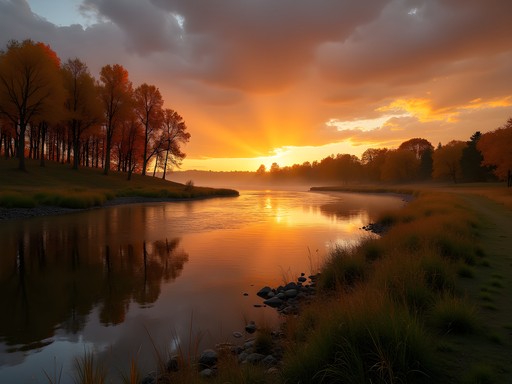
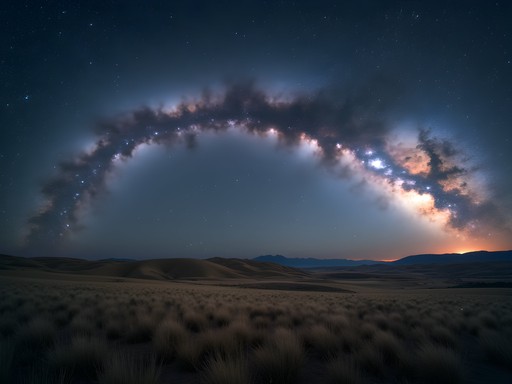
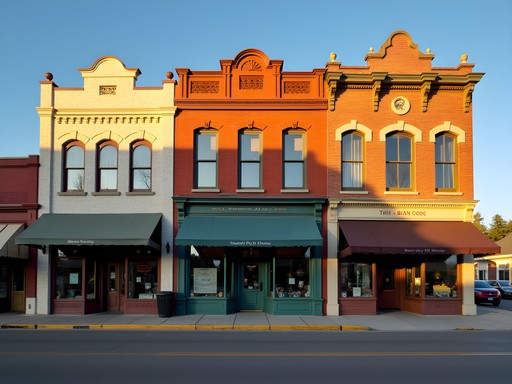

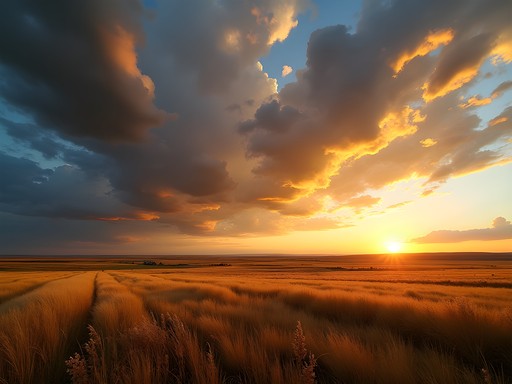


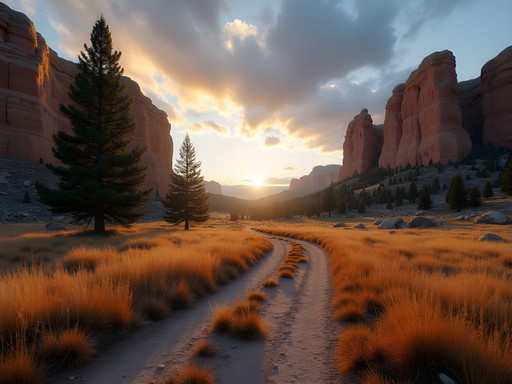






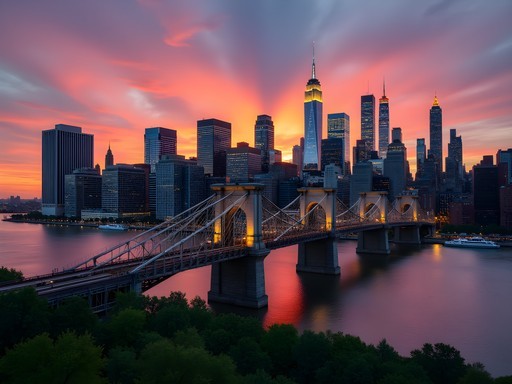
Comments
Adam Nichols
Matthew, I appreciate how you've highlighted the technical aspects of shooting in this region. I was in Miles City last autumn documenting rural American architecture, and the quality of light there presents unique challenges and opportunities. The dynamic range between those deep shadow areas and the brilliant sky requires careful exposure bracketing. I found the blue hour particularly rewarding at Pirogue Island - the 15-20 minutes after sunset gave me some of my best work when the cottonwoods silhouetted against that electric blue sky. For those planning a visit, I'd recommend scheduling at least three full days. The weather patterns can change dramatically, and having that flexibility allows you to revisit locations under different conditions. Also worth noting: the local ranchers were incredibly welcoming when approached respectfully about photographing their historic structures.
sunnyseeker
Adam, did you find autumn or summer better for photography there? Planning my trip now!
Adam Nichols
Autumn, hands down. Late September had fewer tourists, dramatic morning mist over the rivers, and the cottonwoods turn this brilliant gold that contrasts beautifully with the big blue sky. Plus, the temperatures are much more comfortable for long hikes with gear.
escapelife
That shot of the old grain elevator against the sunset is frameable art. How do you find these perfect moments?
escapegal
Just wow! Those river confluence shots are incredible. The light in Montana really is something special.
vacationvibes
What camera settings did you use for those night sky shots? I'm heading to Montana in October and really want to capture the stars!
escapelife
Not the author but I've had good luck with f/2.8, ISO 3200, 20-25 second exposures in dark sky areas like Miles City. Just make sure you have a solid tripod. I use my travel tripod which is perfect for these kinds of trips.
vacationvibes
Thanks for the tips! I'll definitely try those settings.
Charlotte Watkins
Matthew, your post brings back wonderful memories! We took our family to Miles City last summer during our cross-country road trip. I wasn't prepared for how photogenic the confluence of the Yellowstone and Tongue Rivers would be, especially at sunset. The kids were mesmerized by the stars - my teenage daughter even managed to capture her first Milky Way shot there! One tip for families: the Range Riders Museum provided not just history but fantastic architectural photography opportunities that even kept the kids engaged. The weathered wood textures against that big Montana sky are simply magical.
escapegal
Charlotte, did you camp while you were there? Thinking of taking my nieces next summer!
Charlotte Watkins
We stayed at Spotted Eagle Recreation Area for two nights - perfect for stargazing! The kids loved it, and it's just a short drive from town. Highly recommend for families!
sunnyseeker
Those golden hour shots of Pirogue Island are absolutely stunning! Makes me want to pack my camera and head to Montana right now.
LensMaster42
Love the architectural shots of the historic buildings! What time of day did you find best for capturing those facades?
Matthew Black
I found early morning (7-9am) worked best for the Main Street buildings - soft light, fewer cars, and the morning sun brings out the texture in that beautiful old brickwork!
SkyTracker
Those Milky Way shots are incredible! 🌌 💫
Marco Flores
Matthew, your post brought back memories of my trip through Montana last year! I spent three days in Miles City and was equally captivated by that special quality of light. For anyone planning a visit - don't miss the opportunity to photograph the ranch lands just after a summer storm. The contrast between dark clouds and sunlit prairie creates drama that's uniquely Montana. One tip I'd add: the local historical museum has a rooftop that's occasionally open to visitors - it offers an incredible elevated perspective of the town against the landscape that most photographers miss. Just ask nicely at the front desk, they were happy to accommodate when I visited.
springguy
That shot of the historic Main Street at blue hour is absolutely stunning!
Venture X
Premium card with 2X miles, $300 travel credit, Priority Pass